Solutions sought to eliminate open-lake dumping in Lake Erie
1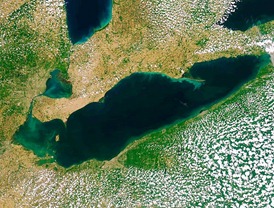 Environmental leaders, Great Lakes governors, and fishery biologists joined last Thursday to discuss terminating open-lake dumping in Lake Erie of substances found in Toledo’s shipping channel.
Environmental leaders, Great Lakes governors, and fishery biologists joined last Thursday to discuss terminating open-lake dumping in Lake Erie of substances found in Toledo’s shipping channel.
Alternative options discussed for disposing of the sediment included using it to cover landfills, fill in closed mines, or add layers to farming soil. Major roadblocks for these potential solutions, though, pertain to transportation and cost. But attendees said the complications won’t deter progress.
“Today we’re not going to look back. We’re going to look forward,” Dave Knight, special projects manager of the Great Lakes Commission, told the Toledo Blade.
Federal funding is available to finance such projects. A similar project was completed in Cleveland, where dredged residue was moved to serve as fill for a brownfield called the Cuyahoga Valley Industrial Center.
The Toledo port is dredged yearly to ensure it remains a suitable shipping conduit. Of all the Great Lakes’ ports, Toledo’s is both the shallowest and most dredged.
Last year, the U.S. Army Corps of Engineers was permitted to increase the amount of sediment dumped into Lake Erie to 800,000 cubic yards — more than allowed in times past, but less than the original request for 1.25 million cubic yards, according to Dredging Today. The Ohio Environmental Protection Agency approved the increased limit, to the consternation of environmental activists.
“While I certainly feel compelled to keep the port functioning, I cannot overstate my concerns about the environmental impacts likely resulting from the annual disposal of large amounts of sediment in the shallow western basin of Lake Erie,” Chris Korleski, Ohio EPA Director, told Dredging Today. Korelski and Sean Logan, director of the Ohio Department of Natural Resources, wrote a letter to the Corps expressing their displeasure.
Following the Ohio EPA’s decision, the National Wildlife Federation, Ohio Environmental Council, and other conservation groups opposed it. The organizations challenged the agency’s choice on the grounds that open-lake dumping is detrimental to fish and encourages the spread of algal blooms.
“We’re past the point where it is acceptable to treat Lake Erie as a receptacle for our waste,” Sandy Bihn, from the Western Lake Erie Waterkeeper Association, told the Ohio Environmental Law Center.
“The practice of ‘open-lake dumping,’ while solving one problem, creates too many other problems creating serious impairments that put sport fishery, tourism industry, and public health at risk,” said Rick Graham, president of the Ohio division of the Izaak Walton League of America.
A conclusive report containing the ideas for open-lake dumping alternatives, including those collected at the recent meeting and another in the fall, will be presented next May.
Conservation Groups Challenge Ohio EPA Approval of Open Lake Dumping [Ohio Environmental Law Center] End to open-lake dumping sought [Toledo Blade] USA: 800.000 cubic yards of Dredged Sediment from Toledo Harbor Will Be Dumped into Open Lake [Dredging Today]




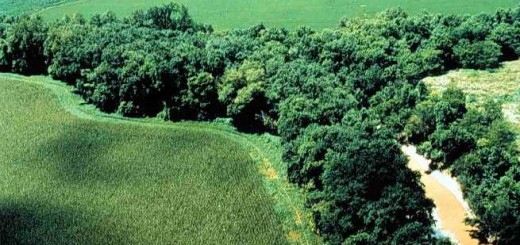
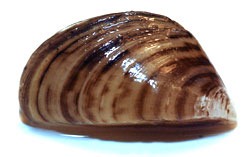
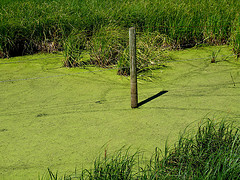
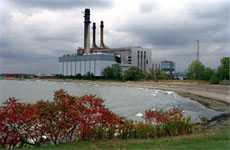






[…] By Charity Smalls (lakescientist) […]